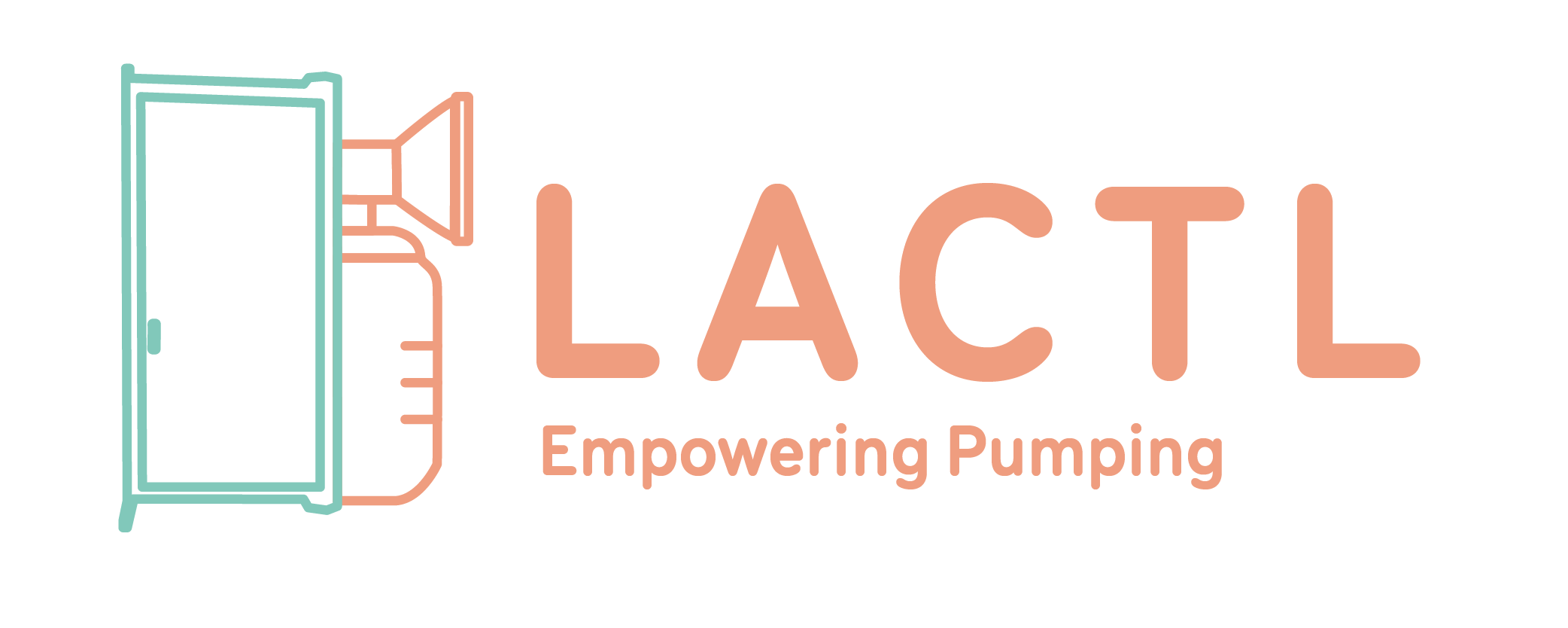5 Mistakes Made When Creating Lactation Spaces
For moms returning to work, there may be no greater worry than having to juggle work with having to express milk. It can be an uncomfortable request for some, asking your employer to provide a private, hygienic space to pump in, made even more so when the room they provide isn’t up to scratch.
Dedicated lactation rooms should be comfortable, private, and accessible environments that enable employees to pump at least two or three times in an eight-hour day. As these rooms aren’t required by building codes, but regulated by labor laws, there can be some ‘improvisation’ going on by employers. Cutting corners by designating closets, changing rooms or single-stall bathrooms as lactation rooms is unacceptable. Whilst many employers do have good intentions, they aren’t necessarily up to date on the needs of a new mom. To provide a supportive user-centered lactation space - try to avoid these five mistakes.
Mistake #1: Educate Your Staff
It may seem strange but some people have never considered the need for lactation spaces - especially if they have never had a baby! So to designate a specific space, that looks cosy and inviting to certain members of staff can cause some employees to ask ‘is that fair?’
We have read many stories of women having to wait for their space as an employee is on a phone call, putting on make-up or having a nap in the comfy chair! In order to incorporate new practices, such as space allocation and routine break times, there needs to be some form of education in place. There are plenty of resources for both employer and employees to learn about how and why women breastfeed. When an employee is pregnant, talk to them about their requirements and if compromises need to be made.
Some employers schedule their already built meditation/wellbeing rooms around lactating mothers, so everyone has access to the space. For those set in their ways, start with fact that breastfeeding provides protection against multiple illnesses for both mother and baby, and lead onto why the space is not for napping! Education is the key and will create less tension when a mother takes a break for pumping.
Mistake #2: Too Far Far Away
When your lactation space is at the other end of the building, on a different floor, or even in a completely different site, you know your employer has not thought about placement.
When returning to work, mothers continue the feeding schedule they’ve had at home. This keeps mom healthy and maintains milk supply. This means a number of sessions for pumping throughout the workday. While the amount of time to pump varies for each woman, the more time spent trekking to a room, the more time they lose in their break. Loss of time leads to loss of productivity for both employees and employers. The best lactation spaces are designed to be easily accessible by moms whenever they need them and located in close proximity to their work area.
Mistake #3: Only One Room?!
Women comprise nearly half the U.S. labor workforce so it may be a fair assumption that at any one time someone will need to express milk. When introducing a lactation space, it is important to know how many women will be using it and if their schedules will clash. Let’s not make a lactation room another space a woman has to queue for!
The number of lactation spaces is completely dependant on the number of women who need to breastfeed and the workplace capacity. The Office on Women’s Health recommends that at least one permanent expression space for every 50-100 women, which adjusts as needed. Invest in more than one space or if a single room is all you have, consider making it a multi-use space with a Lactl Privacy Screen.
Mistake #4: Temporary
So you have been provided a private, hygienic place for mothers to pump, only to realize you need to store old equipment somewhere. There are plenty of images of the ridiculous things women share their space with including cleaning supplies, tanning beds and mannequins!
Lactation rooms are too often an afterthought, which leads to spaces being cleaned out for a short time then taken away. Temporary spaces not only disrupt a pumping mother but the rest of your staff too. Invest in your employees by designating a space for them and them alone. Or like we mentioned before, use a wellbeing space that has a set schedule for moms.
Mistake #5: Too Sanitary
Office design has become an art form, so why has a lactation space become a white clinical space? Of course there needs to be a serious consideration for hygiene when food preparation is involved - which is what expressing milk is!
For many relaxation can play a dramatic role in nursing success. If a mother feels stressed or uncomfortable, they are likely to take longer or stop expressing altogether. Create a space that is comfortable and practical, without being sterile! Think calming wellness room meets kitchen! Lactl has a collection of artwork that has been designed to contribute to aiding both mental and physical wellbeing, consider bringing artwork into your lactation space.
Lactation rooms shouldn’t be for the ‘lucky few’ but for all working mothers. Talk to your colleagues and employers about how mothers are supported in your workplace - for fill out our quick survey and we’ll send you a report you can send to them! Begin the conversation there.
Remember, subscribe to our blog to receive regular updates and new articles. Whether you are a mother or an employer, join our discussion by following us on our social media: @lactlscreens and use #lactl.



